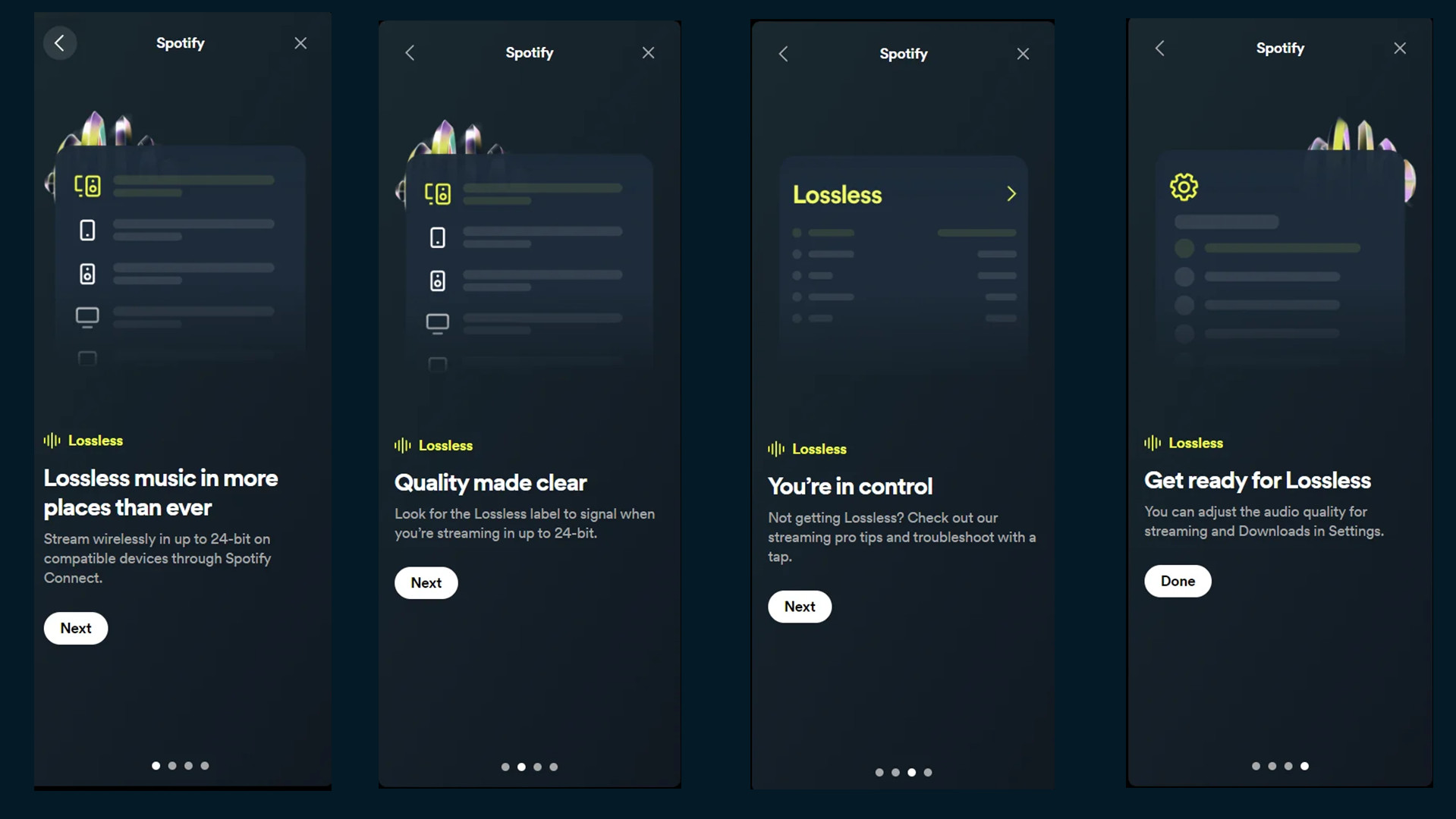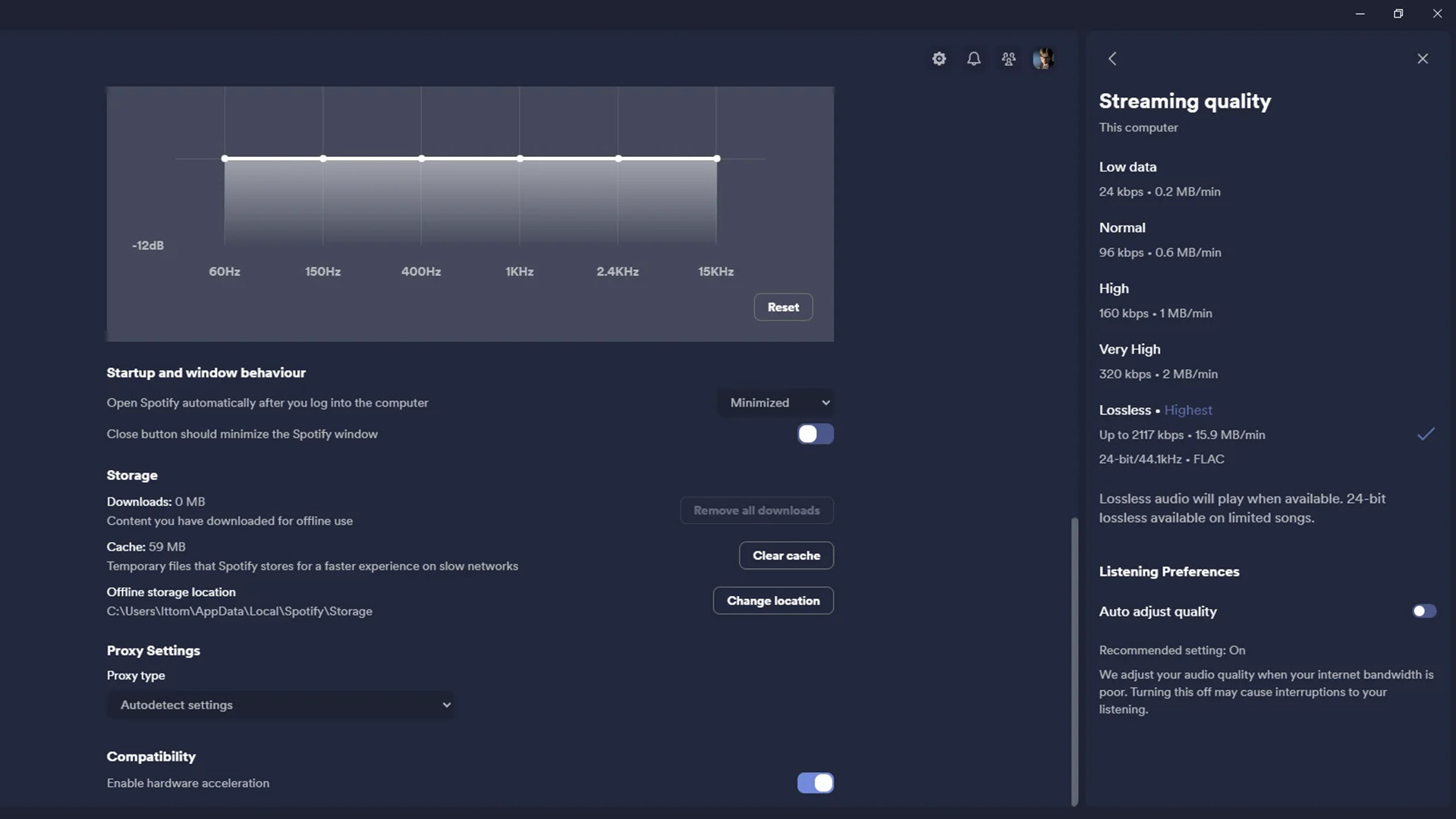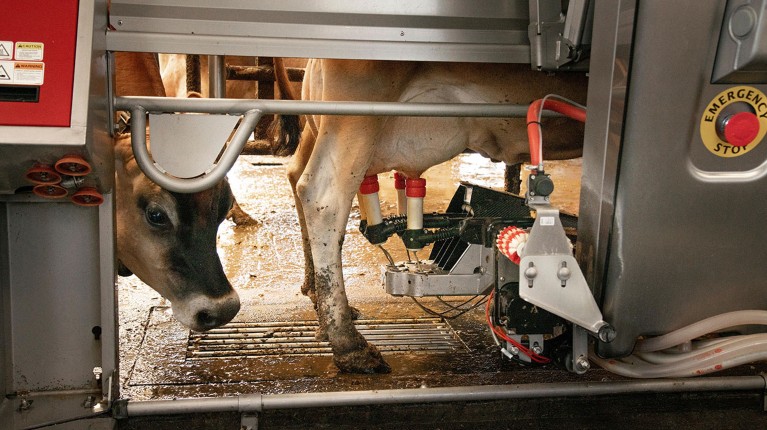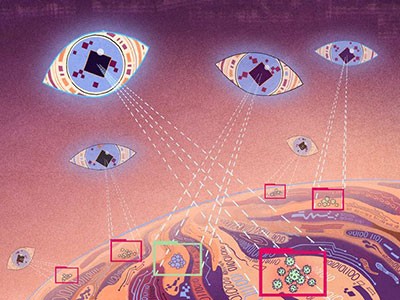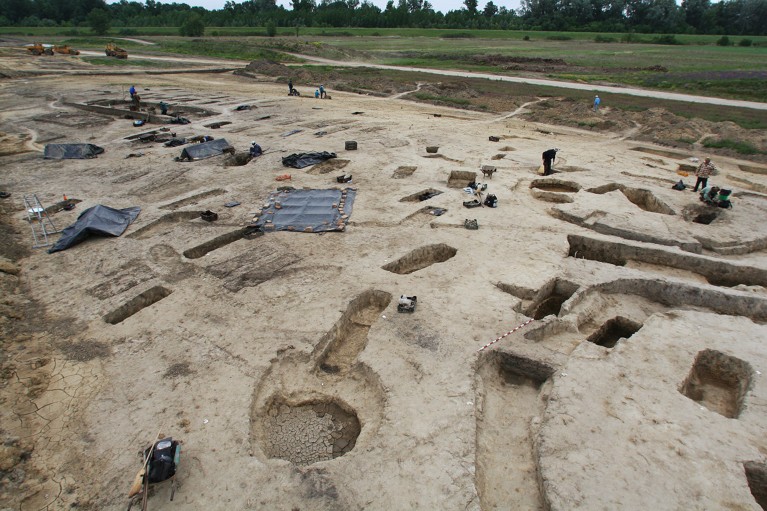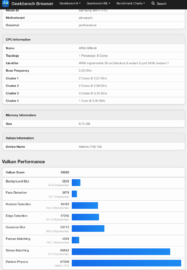[ad_1]

People who had access to the Internet scored higher on measures of life satisfaction in a global survey.Credit: Ute Grabowsky/Photothek via Getty
A global, 16-year study1 of 2.4 million people has found that Internet use might boost measures of well-being, such as life satisfaction and sense of purpose — challenging the commonly held idea that Internet use has negative effects on people’s welfare.
US TikTok ban: how the looming restriction is affecting scientists on the app
“It’s an important piece of the puzzle on digital-media use and mental health,” says psychologist Markus Appel at the University of Würzburg in Germany. “If social media and Internet and mobile-phone use is really such a devastating force in our society, we should see it on this bird’s-eye view [study] — but we don’t.” Such concerns are typically related to behaviours linked to social-media use, such as cyberbullying, social-media addiction and body-image issues. But the best studies have so far shown small negative effects, if any2,3, of Internet use on well-being, says Appel.
The authors of the latest study, published on 13 May in Technology, Mind and Behaviour, sought to capture a more global picture of the Internet’s effects than did previous research. “While the Internet is global, the study of it is not,” said Andrew Przybylski, a researcher at the University of Oxford, UK, who studies how technology affects well-being, in a press briefing on 9 May. “More than 90% of data sets come from a handful of English-speaking countries” that are mostly in the global north, he said. Previous studies have also focused on young people, he added.
To address this research gap, Pryzbylski and his colleagues analysed data on how Internet access was related to eight measures of well-being from the Gallup World Poll, conducted by analytics company Gallup, based in Washington DC. The data were collected annually from 2006 to 2021 from 1,000 people, aged 15 and above, in 168 countries, through phone or in-person interviews. The researchers controlled for factors that might affect Internet use and welfare, including income level, employment status, education level and health problems.
Like a walk in nature
The team found that, on average, people who had access to the Internet scored 8% higher on measures of life satisfaction, positive experiences and contentment with their social life, compared with people who lacked web access. Online activities can help people to learn new things and make friends, and this could contribute to the beneficial effects, suggests Appel.
The positive effect is similar to the well-being benefit associated with taking a walk in nature, says Przybylski.
However, women aged 15–24 who reported having used the Internet in the past week were, on average, less happy with the place they live, compared with people who didn’t use the web. This could be because people who do not feel welcome in their community spend more time online, said Przybylski. Further studies are needed to determine whether links between Internet use and well-being are causal or merely associations, he added.
The study comes at a time of discussion around the regulation of Internet and social-media use, especially among young people. “The study cannot contribute to the recent debate on whether or not social-media use is harmful, or whether or not smartphones should be banned at schools,” because the study was not designed to answer these questions, says Tobias Dienlin, who studies how social media affects well-being at the University of Vienna. “Different channels and uses of the Internet have vastly different effects on well-being outcomes,” he says.
[ad_2]
Source Article Link













